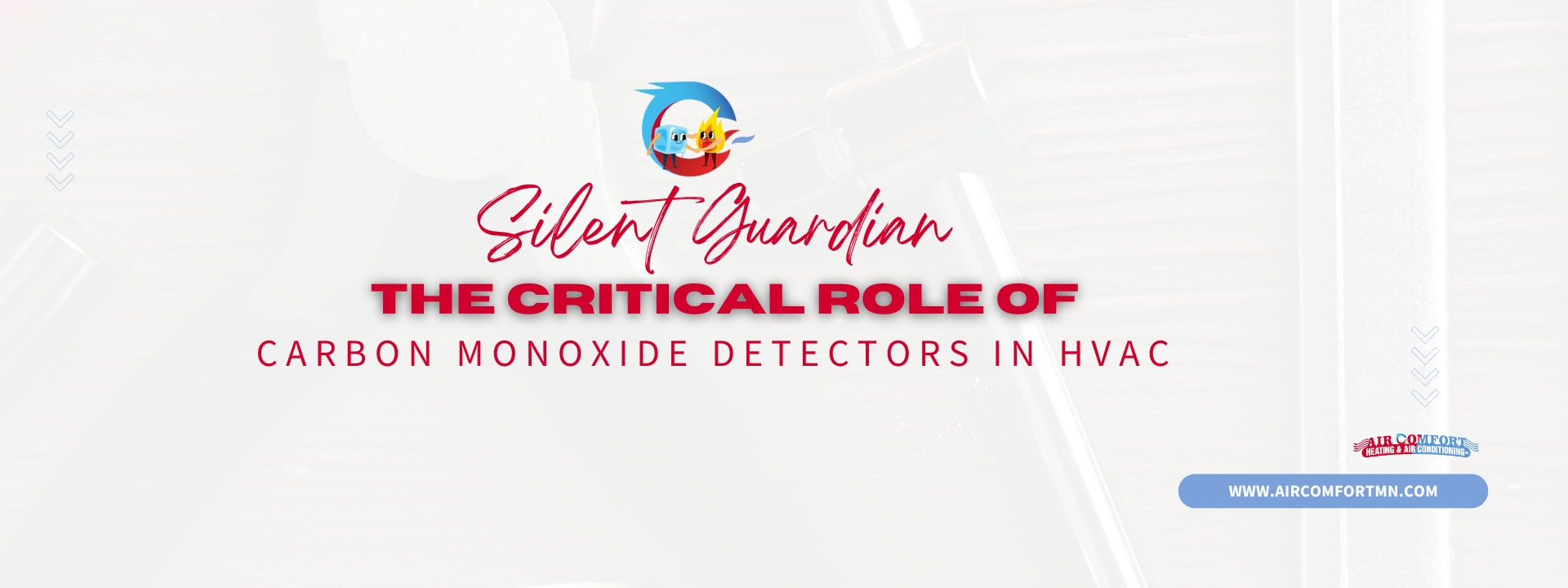|
Carbon monoxide (CO) is a silent, invisible threat that can quickly turn deadly without warning. Homes with HVAC systems, while providing comfort, can unfortunately also become sources of CO if not properly maintained. This makes carbon monoxide detectors not just helpful, but essential for ensuring the safety of households. Here’s what every homeowner needs to know about the critical role of CO detectors in HVAC safety.
Understanding Carbon Monoxide Carbon monoxide is an odorless, colorless gas produced by burning materials containing carbon, such as gasoline, natural gas, oil, wood, and coal. In homes, CO is commonly emitted by heating systems and appliances that are malfunctioning or improperly vented. Inhalation of carbon monoxide can lead to carbon monoxide poisoning, whose symptoms include headache, dizziness, weakness, upset stomach, vomiting, chest pain, and confusion, and can be fatal at high levels. The Link Between HVAC Systems and CO Emission HVAC systems, especially those that involve combustion processes, such as gas furnaces, can potentially emit carbon monoxide if they are not functioning correctly. Common causes include cracked heat exchangers, improper exhaust ventilation, and blocked flues. This makes regular HVAC maintenance not just a matter of system efficiency and reliability, but of safety as well. Benefits of Carbon Monoxide Detectors Installing carbon monoxide detectors in your home can significantly enhance safety by providing early warnings of CO presence before it reaches hazardous levels. The benefits of CO detectors include:
Choosing the Right Carbon Monoxide Detector When selecting a CO detector, consider features such as battery backup, digital CO level display, and interconnectivity with other home safety devices. Placement is also critical; install CO detectors near each sleeping area in your home, on every level, and near but not inside the kitchen. Avoid placing detectors near fuel-burning appliances as they might trigger false alarms. Legal Requirements and Recommendations Many jurisdictions have specific requirements regarding carbon monoxide detectors, especially in homes with fuel-burning appliances or attached garages. These laws are designed to ensure baseline safety standards are met to protect residents from CO poisoning. Installation and Maintenance Tips Once installed, regular maintenance of CO detectors is crucial. This includes testing the detector monthly, replacing batteries annually, and replacing the detector itself according to the manufacturer's instructions, typically every 5 to 7 years. Simultaneously, ensure your HVAC system is inspected and serviced annually by a professional to prevent CO issues at their source. Carbon monoxide detectors are a crucial addition to any home with an HVAC system, particularly those that include combustion-based heating. They act as silent guardians, keeping an eye on air quality and ensuring that your home remains a safe haven. Don’t wait until it’s too late. Ensure your home is equipped with functional carbon monoxide detectors and schedule regular HVAC maintenance with Air Comfort today.
0 Comments
Leave a Reply. |
AuthorVarious. Archives
July 2024
Categories
All
|
CALL NOW: 763-753-6623
Privacy Policy l Cookie Policy l Conditions of Use l Notice and Take Down Policy l Website Accessibility Policy
© 2024 The content on this website is owned by us and our licensors. Do not copy any content (including images) without our consent.
Website managed by Go Savvy Social
Privacy Policy l Cookie Policy l Conditions of Use l Notice and Take Down Policy l Website Accessibility Policy
© 2024 The content on this website is owned by us and our licensors. Do not copy any content (including images) without our consent.
Website managed by Go Savvy Social


 RSS Feed
RSS Feed